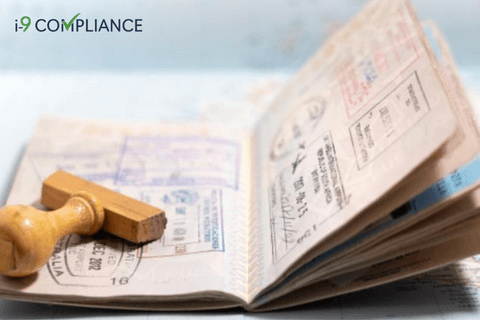Data Reveals H-1B Denial Rates Remain at Record Lows

February 22, 2023
Many U.S. employers hire foreign national workers yearly to fill a wide range of positions. Unfortunately, not everyone gets hired, especially in the H-1B visa category. Several thousand applicants face denials annually due to factors involving the beneficiary or their petitioning employer. During the previous administration, these denial rates reached record levels as high as 24%.
Since that administration’s last year, legal rulings have reduced the number of denials. This reduction has continued through the current administration, significantly improving H-1B approvals. According to a recent analysis, H-1B denials have dropped to an average of 2%, the lowest on record.
Despite the U.S. Citizenship and Immigration Services’s (USCIS) denial rates dropping to 2% for H-1B petitions, employers should know this does not represent actual percentages of success. Despite these records, H-1B visas remain in high demand with low supply. As such, roughly 80% of registrations do not result in hiring a foreign national worker.
However, reducing denial rates still benefits many employers and beneficiaries who proceed through the process. Rejection rates for H-1B visas tend to vary significantly between years. This fluctuation is in response to changes in administrations. Each President and their administration have distinct views on immigration, resulting in notable changes in rejection rates. For example, here are the denial rates for the previous fiscal years since 2015:
- 2015: 6%
- 2016: 10%
- 2017: 13%
- 2018: 24%
- 2019: 21%
- 2020: 13%
- 2021: 4%
- 2022: 2%
Notably, these rates include petitions filed for initial employment. As such, when approved, they will count against the congressionally mandated limit of 85,000 visas. However, it does not include the H-1B petitions for returning or continuing employment, which existing employees primarily use.
The denial rate for these petitions also reached 2% in the fiscal year 2022, far below 2018 and 2019’s 12% rates. Unfortunately, denying these petitions significantly impacts employers because they risk losing long-term workers. Recently, the USCIS Director addressed this concern by rescinding a memo issued by the previous administration. This memo instructed adjudicators not to provide deference to the findings of previously approved petitions.
Employers should find these reduced denial rates good news when hiring and rehiring H-1B workers. However, they must remember that new and current employees must complete the employment eligibility verification (Form I-9) process. Unfortunately, this process can prove frustrating for many employers. One of the best ways to confidently complete the process is by utilizing an electronic I-9 management tool. This tool guides employers through the process, ensuring uniform completion and offering secure storage for all Form I-9s.
When it comes to your work, automation makes eligibility verification quick and seamless. Get a head start today with I-9 Compliance.